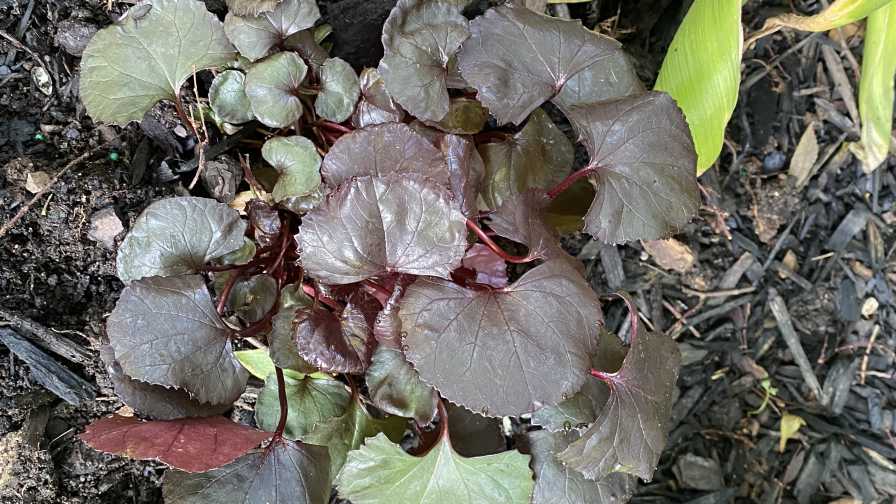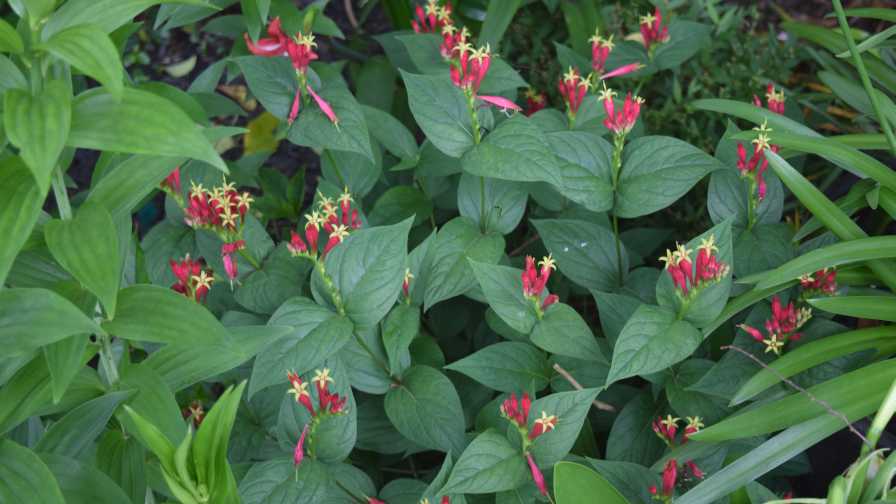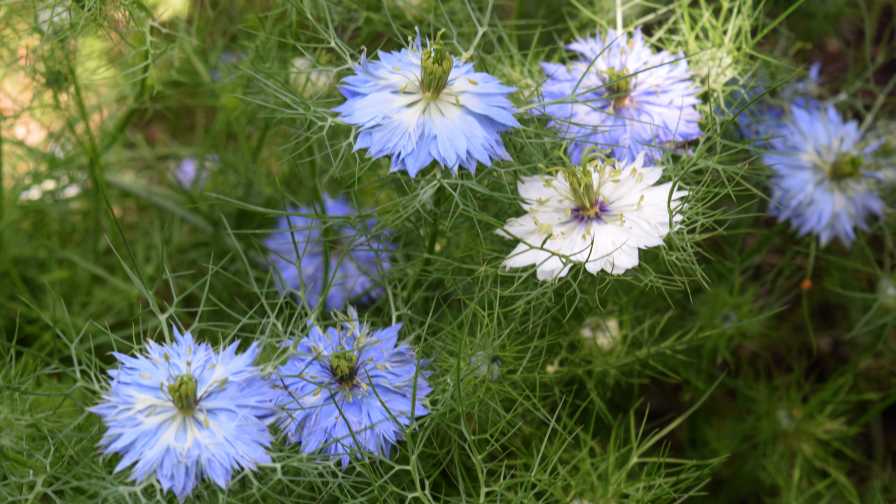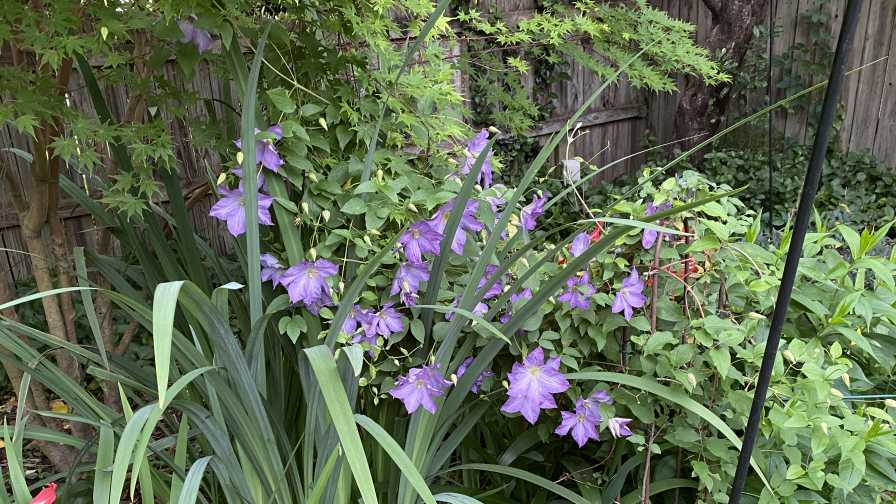In the Year of the Beast, Horticulture Has Become Essential! Who Knew?
One state after the other shut down. One company after the other closed its doors. One job after the other was lost. Like a belching volcano, the coronavirus was essentially invisible but for the havoc it wrought. If unemployment hit 20%, if food lines included our friends, if Nieman Marcus went bust, then without a doubt, horticulture was doomed.
However, a funny thing occurred on the way to ruin. A garden happened.
Who knew? It turns out while so many other things faded away, we were discovered. People who normally bought a few plants bought a few more. Folks realized this war was not going away quickly, and unable to travel, they traveled to their gardens. We were force-fed this thing called time, and while the generals bickered, those in the trenches used that time to plant some vegetables, herbs, flowers, and trees. They went out to the local garden center, masked and gloved, and brought back plants for victory gardens or their containers on the porch. If they remained closeted, the need to get out and play in the dirt was satisfied with the natives, and the internet hummed.
I picked up the phone or simply asked local garden centers and landscapers how they were faring. Everyone was moaning about something — nothing new there — but the moaning was colored with surprise.
“I can’t even get mulch for my jobs, so many new gardeners are buying it up,” a local residential landscaper said.
“Margarita sweet potatoes, you’re kidding. None of my annual growers have anything left!” said the owner of a local independent garden center.
“Our calls for jobs were three times the number we had this time last year. I think people have more time to notice jobs that have been put off,” said a tree maintenance contractor.
“My online sales have gone through the roof,” said a national grower.
“Allan, I can’t wait to plant some tomatoes and okra this year. Where do I buy soil for my new raised bed?” my neighbor said.
“Where are all these people coming from?” I said when I found 1,900 people following me on Facebook Live during an evening walkabout through my garden.
We don’t hold a candle to the health workers who risk their lives every day treating the infected, my daughters included. Perhaps we should not compare ourselves to grocery stockers, mask makers, or ventilator producers. However, while we may not provide dollars for the rent or oxygen for the lungs, we provide something almost as important — therapy for the soul. We are essential. I just wish it didn’t take a pandemic to make us realize this.
Back to the Business of Plants
I have been providing thoughts on our industry and the coronavirus for some time, and you may be a little tired of them. I cannot physically travel far, but sufficient gardens, garden centers, and producers have my ear. Here are five plants whose praises I can sing during The Year of the Beast.

Ligularia ‘Pandora’
A new perennial: Ligularia ‘Pandora’
The ligularias are always tough to talk people into. They are too big, need too much water, are not particularly handsome, etc. This dwarf form seems (too new for me to be sure) to require less water. The dark foliage appears to remain dark in the heat, and it certainly is smaller in stature.

Spigella marilandica
A great native plant: Spigelia
Indian pinks has forever been a favorite of native plant lovers and designers in need of a native shade-tolerant flowering plant. Nurseries are now producing this plant in numbers, and this will be on every designer’s list when natives are called for (and when are they not?). ‘Little Redhead’ is not particularly different than the species, but provides a nativar we can love.

Nigella
An old-fashioned annual: Nigella
Love-in-a-mist is old-fashioned but hardly ever seen. It is not easy to make happy in a gallon container and does not flower in the spring when sales are robust. However, it is a plant that people snap up if available, and it is easy to grow from seed. Once established in a garden, plants may reseed with abandon. I don’t have any answers on how to get it in front of people, but if you do, new gardeners will eat it up.

Abelia ‘Canyon Creek’
A functional shrub: Abelia
Abelia is a workhorse but not nearly as well-known as spirea or the ubiquitous hydrangea. However, ease of maintenance, reasonable flowering, and outstanding season-long color are available to provide interest in containers or hide a foundation. Many cultivars are available. My choice is ‘Canyon Creek.’

Clematis ‘Solana’
A well-known but not well-used vine: Clematis
Clematis has been around forever, and even staid perennial growers are finding a market for it. However, people don’t want to spend more money for a trellis, arbor, or plant stand to grow a vine, so it often remains unsold. Let customers know that clematis is at ease growing through shrubs and small trees already established. No additional cost involved. Dozens of cultivars are available, including ‘Rooguchi’ and ‘Huldine,’ which are almost indestructible.









